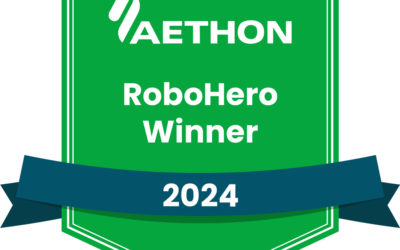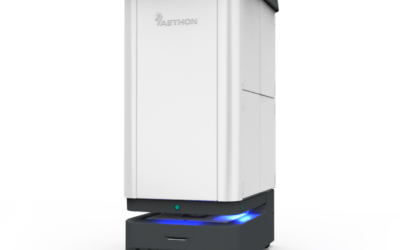In the world of autonomous mobile robots, most machines can be placed somewhere on the spectrum between humanoid and non-humanoid.
The Humanoid Robot
Humanoid robots, akin to characters like C-3PO, Transformers, and Disney’s Baymax (inspired by Carnegie Mellon University Robotics Institute), aim to mimic human physical and emotional traits. They’ve sparked significant interest in the global robotics market.
Japan leads in humanoid robot development, viewing robotics as crucial to economic revival with substantial funding. However, creating fully autonomous human or near-human-sized robots remains extremely challenging. Surprisingly, the U.S. lags behind Japan in this field.
The Purpose-Built Robot Tool
Non-humanoid robots, such as Aethon’s autonomous mobile robots and iRobot’s Roomba, prioritize specific roles over human imitation. Unlike humanoid designs, they emphasize function rather than form, yet they have proven effective.
Personalizing the Robot to Match the Culture
Aethon’s mobile robots exemplify non-humanoid design but incorporate human-like traits: aiding hospital staff akin to pharmacy or laboratory technicians, dietary staff, or members of the environmental services team. Their security features ensure accurate delivery of medications and supplies.
Despite the non-human appearance of the T3 or Zena RX robots, hospitals personalize them both humorously and functionally. Albany Medical Center uses their Aethon robots to transport blood products between buildings and named their machines after famous robots, emphasizing their helpful and familiar status in their hospital.
Similarly, UCSF Medical Center at Mission Bay and Children’s Hospital Boston personalize their robots with names and unique skins, adding a playful touch while enhancing patient care efficiency.
These innovations demonstrate that while robots aren’t human, they can improve hospital operations and bring joy to patients, blending functionality with personality.



